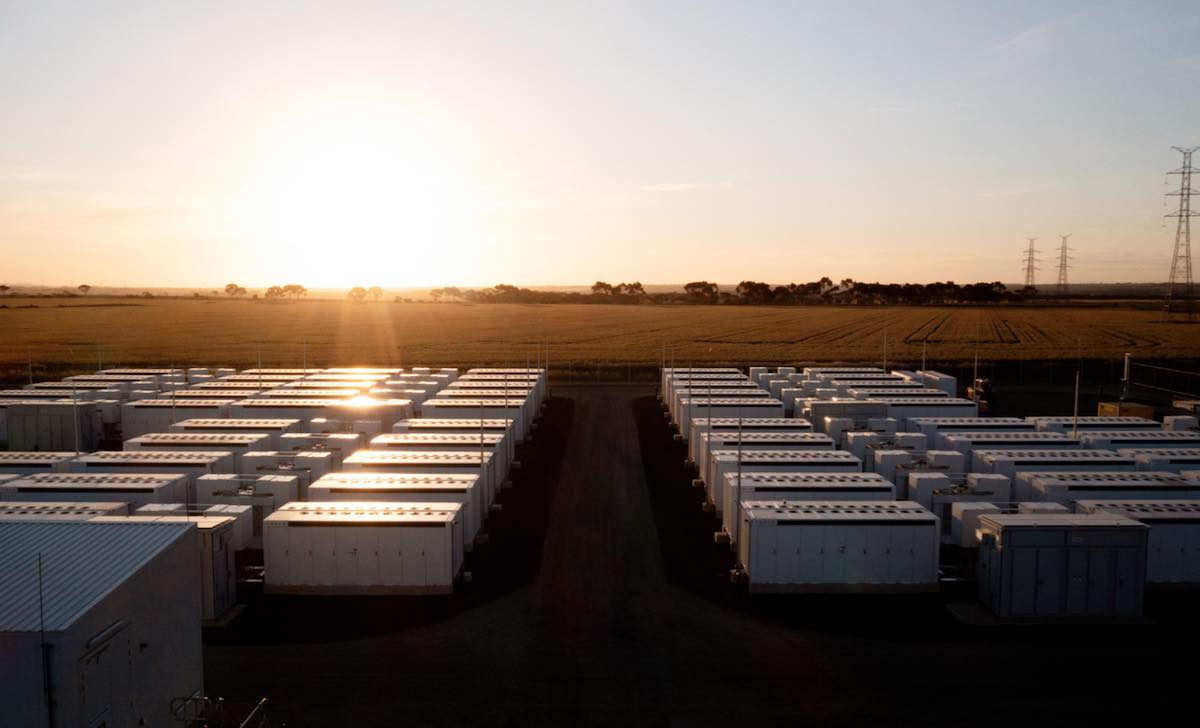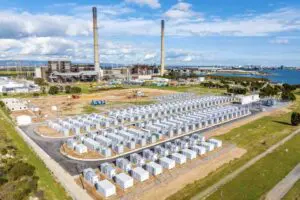Electric vehicle and battery storage powerhouse Tesla has dismissed the idea of building new gas “peaking plants” to support renewables as “no longer rational”, and has urged the market operator to upgrade its forecasts for battery storage given they are smarter, faster and cheaper.
In a submission to the Australian Energy Operator’s draft 2022 Integrated System Plan, Tesla describes batteries as the new “clean peaker”, outlining their superior flexibility, their multiple grid service options, and their ability to deliver longer duration storage.
Tesla is dismayed by AEMO’s forecasts of another 9GW of gas peaking plants. “We disagree with this result,” it says, pointing to plunging costs that means battery storage is both faster and significantly cheaper than fossil fuel alternatives.
Its position is in direct contrast to the federal government and its so called “gas led recovery”, and the government owned Snowy Hydro, which is highly dismissive of battery storage and is building its own heavily subsidised and highly controversial gas peaking plant at Kurri Kurri.
“We are not anti-batteries at all,” Snowy Hydro’s Gordon Wymer told a Senate Estimates hearing this week. “The problem with batteries is the duration of storage is so short.”
But Tesla says battery technology has advanced to the point where it can provide faster response for a much lower cost.
“Battery solutions can serve the same role traditionally performed by gas peakers by discharging when demand (and correspondingly prices) approach peak levels and sustaining output to cover the typical daily peak duration.
“Given it is no longer economically rational (or necessary) for proponents, investors or governments to build gas peaking plants in Australia, aside from a small selection of subsidised plants currently proposed (~700MW), there is unlikely to be further commercial opportunities to deploy gas peakers anywhere in the NEM.
“To include 9GW in the ISP would unnecessarily embed a clear disconnect between AEMO’s ISP modelling results and a credible deployment outcome.”
Tesla points to the multiple capabilities of battery storage, and particularly those with “grid forming inverters”, which are capable of delivering active harmonic dampening, configurable settings, multiple applications, and achieve a flexible and expanding role in market, with quicker deployment.
It wants AEMO to take greater stock of the capabilities of grid forming inverters, because of the potential to deliver the services now mostly provided by legacy fossil fuel generators.
Tesla also seeks to dismiss the idea that battery storage is limited to two or four hour duration, a common argument deployed by proponents of pumped hydro and peaking gas generators.
“Batteries are modular and complementary, such that two independent 2-hour systems may be deployed and concatenated to provide up to 4 hours of duration, or two 4-hour battery systems are able to provide up to 8 hours of depth for intraday energy shifting etc – in much the same way that behind the meter batteries can be aggregated and considered as a fleet when part of a VPP,” Tesla writes.
“AEMO must recognise that even if this deployment approach does not satisfy a least-cost system wide optimisation pathway, it is still a likely outcome based on project by project investment decision factors that will be considering market returns, the ability to use co-located assets as a hedge (e.g. for MLF or causer pays reductions), optionality and deployment flexibility benefits, or be influenced by other direct policy interventions.
“Moreover, in practice this approach may in fact align with a least-cost system optimisation outcome, given the rapid decline in solar, wind and battery costs and relatively static (or likely increasing) costs for gas and pumped hydro and enabling network infrastructure.”








